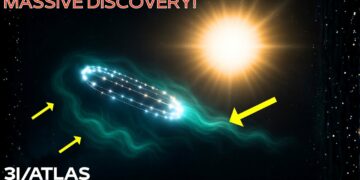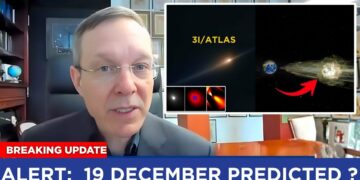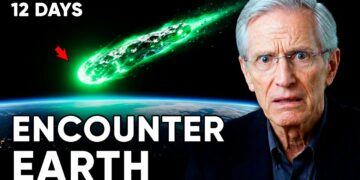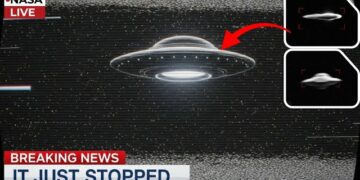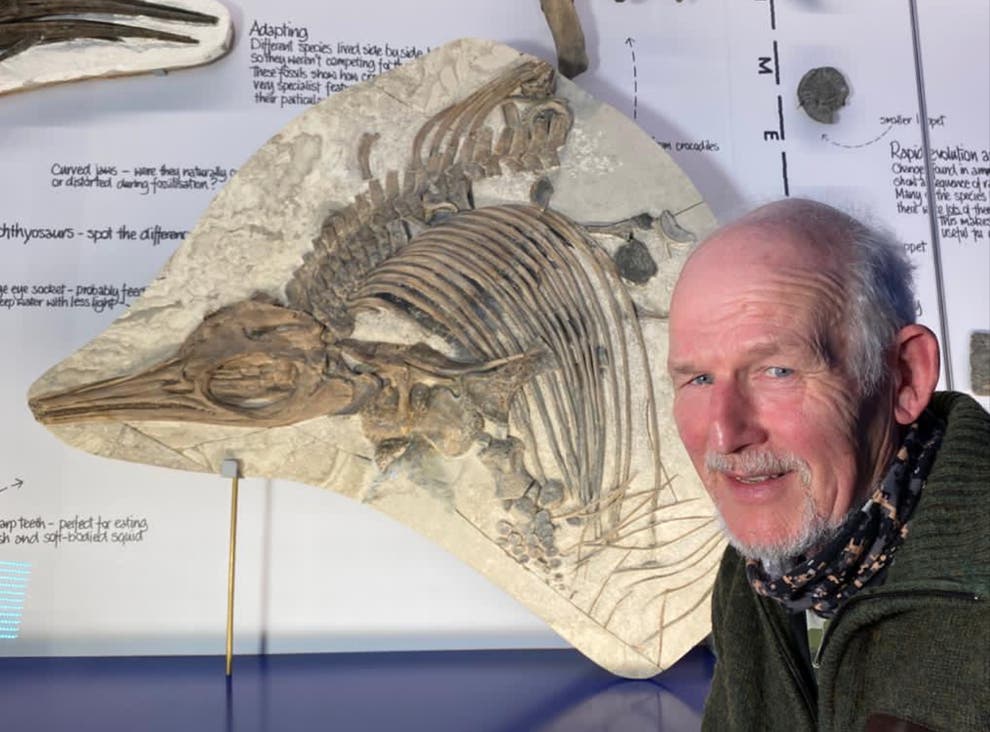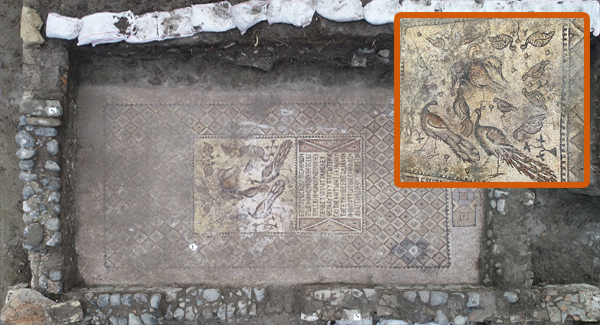The idea that the universe itself could be considered “God” challenges traditional religious narratives while embracing the awe-inspiring scale of cosmic phenomena. The miracles described in religious texts, such as a person rising from the dead, pale in comparison to the grandeur of a stellar nursery, where stars and planets are born. The universe, as the creator of everything observable, operates on a scale far beyond human constructs—likened to a cosmic “gigafactory” compared to a small bodega. We understand the processes behind star formation, planetary orbits, and the evolution from single-celled organisms to complex life, including photosynthesis and fungal ecosystems. These are not mere theories but measurable realities, suggesting the universe encompasses all existence, including any concept of a divine creator.
This perspective aligns with a broader trend where people increasingly integrate scientific understanding with existential questions. The rise in agnosticism over the past few decades reflects a growing acceptance of scientific insights, popularized by figures like Neil deGrasse Tyson and Sean Carroll. Unlike dogmatic atheism, which often involves confrontational debates with religious believers, this view avoids dismissing spiritual language or traditions. For instance, saying “Godspeed” to astronauts—a phrase rooted in NASA’s history and derived from “God be with you”—carries cultural weight without implying religious endorsement. Similarly, using BC and AD instead of BCE and CE acknowledges the historical Gregorian calendar, developed by Jesuit priests, without negating scientific reasoning.
Science, however, remains humble about its limits. We don’t know why the universe began in a highly ordered state 13.8 billion years ago, as evidenced by galaxy recession measurements, or whether it had a true beginning. Theories like eternal inflation suggest the universe could be eternal, with the Big Bang as a localized event in a rapidly expanding spacetime. This raises profound questions: if the universe is eternal, where does a creator fit? Science provides an observational framework for exploring these mysteries, not definitive answers, encouraging philosophical and theological reflection within measurable realities.
The “City of God” Claim
In 1994, a sensational story emerged from the Weekly World News, claiming the Hubble Space Telescope captured images of a celestial “city of God,” interpreted as heaven. Dr. Marsha Masson, a purported researcher, described a rectangular formation of radiant dots in a Hubble image of a distant star cluster, taken after repairs in December 1993. The glowing structure, allegedly too vast to support conventional life, was said to be a divine realm, possibly for departed souls. NASA insiders reportedly shared the image with President Bill Clinton and Vice President Al Gore, while rumors suggested Vatican involvement. Dr. Masson argued the telescope’s precise targeting of this region was a remarkable coincidence, hinting at divine intervention.
Skeptics, however, dismiss the story. Neither NASA nor the European Space Agency has confirmed the image’s authenticity, and no peer-reviewed journals have published related research in the 27 years since. The image shows inconsistencies suggesting digital manipulation, and Dr. Masson appears to be a fictional figure tied solely to this narrative. The Weekly World News, known for sensationalism, lacks credibility compared to scientific sources. A city-sized structure visible at cosmic distances—potentially thousands of light-years across—would defy gravitational laws, as galaxies like the Milky Way span 200,000 light-years. Christian astrophysicists have not endorsed the claim, further undermining its validity. The story bears hallmarks of a myth, fueled by conspiracy theories about NASA cover-ups, but lacks verifiable evidence.
James Webb Space Telescope Discoveries
The James Webb Space Telescope (JWST), operational since 2022, has provided groundbreaking insights into the cosmos. Its infrared capabilities have revealed methane seas on Titan, early galaxies formed 500–700 million years after the Big Bang, and stellar nurseries in the Carina Nebula. Surprisingly, JWST detected massive galaxies with ancient red stars, some rivaling the Milky Way’s size, challenging expectations of small, young, blue galaxies in the early universe. These findings, detailed in studies from JWST’s initial data, suggest rapid galaxy formation that may require revising cosmological models. Alternative explanations, like unusual light emissions due to the absence of heavy elements, are being explored.
In another discovery, JWST observed Stephan’s Quintet, where galaxy NGC 7318b, moving at 800 km/s, generates a shock wave spanning millions of light-years. This wave recycles molecular hydrogen, potentially forming new stars and galaxies. Observations from 2006 by the Spitzer telescope noted infrared and X-ray emissions, revealing clumpy gas clouds fragmenting into cloudlets. These dynamic processes, observed 39–340 million light-years away, highlight the chaotic evolution of galaxies and the recycling of cosmic materials.
Looking Ahead
JWST’s discoveries underscore the universe’s complexity, from ancient galaxies to dynamic galactic interactions. Directing the telescope to a random patch of sky could uncover unforeseen phenomena, free from preconceived notions. While the “city of God” story remains a myth, JWST’s real observations continue to reshape our understanding of the universe’s origins and evolution. Whether the universe is eternal or finite, its measurable wonders invite us to ponder its nature—perhaps as the ultimate creator, encompassing all that we might call divine.


